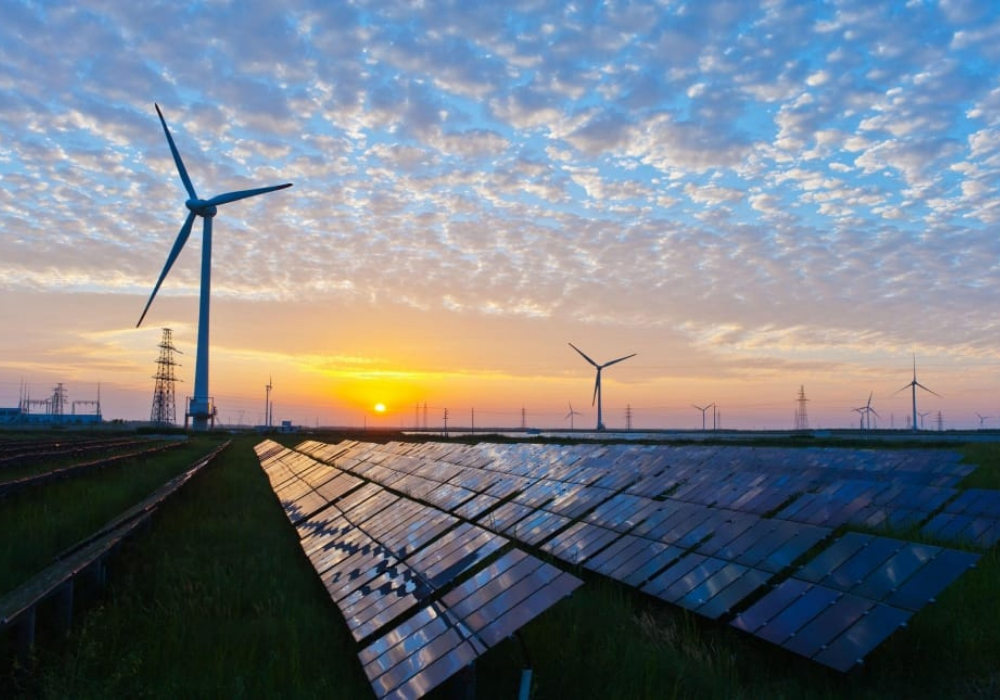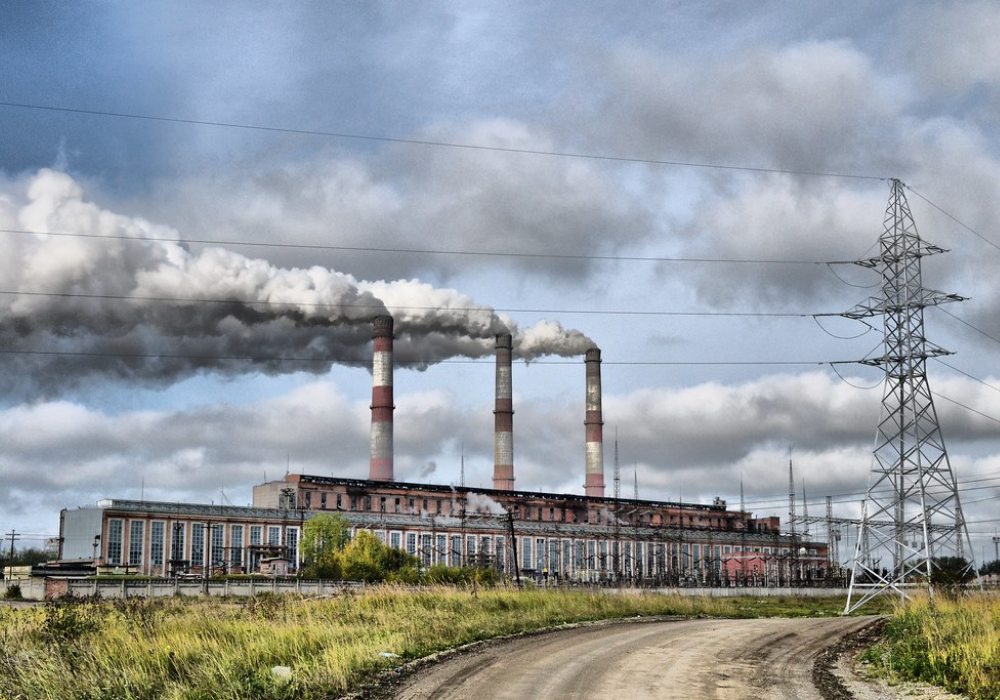
Gas-based generation and a renewables expansion are key to the low-carbon goal in Thailand, says an industry analyst.
The nation’s power sector is heavily dependent on fossil fuels, which currently hold an 81% share in the generation mix as electricity demand continues to grow across the Southeast Asian country following a 3% increase in 2019.
With countries across the globe setting timelines to remove coal from their electricity grids, Thailand’s latest Power Development Plan (PDP), which stretches from 2018 to 2037, has set the path towards a decrease in coal, while paving the way for an expansion plan for gas-based power generation and renewables.
Ankit Mathur, practice head of power at data and analytics firm GlobalData, said: “Thailand is an oil and gas producer and has been predominantly dependant on gas for its power generation.
“With the low natural gas prices, declining renewable capital cost and a low-carbon economy vision are likely to shrink the share of coal in the generation mix to around 10% in 2030.”
Coal phase-out key to low-carbon goal in Thailand
In 2017, coal generated less than 20% of total electricity in Thailand but produced 41% of the CO2 emissions from the power sector.
Because of its clear role in polluting the atmosphere with harmful emissions, the nation now envisions a slow phase-out of the mineral as a key step in meeting its low-carbon transition target.
As part of its commitment to the 2015 Paris Agreement, an international climate pact that aims to limit the rise in global temperatures to “well below” 2C by 2100, Thailand is aiming to reduce its greenhouse gas emissions by 20% by 2030.
It said that level of contribution could increase to 25%, subject to adequate and enhanced access to technology development and transfer, financial resources and capacity building support through a “balanced and ambitious global agreement” under the UN’s Framework Convention on Climate Change (UNFCCC).

While the country has started shifting the focus of its energy policy to energy efficiency and the clean energy transition, the International Energy Agency (IEA) claims that putting a price on carbon would “greatly accelerate” the nation’s progress towards its climate target, and in a “cost-effective way”.
Although Thailand has some experience of creating voluntary carbon markets, and is currently considering a national emission trading system, the IEA believes it faces a “number of hurdles”.
The “readiness gaps” it refers to relate particularly to the nature of the country’s power system and policy environment, and stakeholders “lacking the right tools to participate in a trading system”.
But, given the “progress” that Thailand has already achieved on carbon pricing, the IEA said that provides a “valuable opportunity” to develop and test various components of the emission trading system – although it admits the country will need to do this before being in a position to introduce a mandatory national system.
Thailand to achieve 30% of its power generation from renewables by 2036
As part of Thailand’s ever-changing energy mix, the share of non-hydro renewables is set to grow from 15% in 2019 to 22% in 2030, while the gas-based generation is set to expand from 62% to 76% across the same period, according to GlobalData.
By 2030, the non-hydro renewable capacity is set to double, increasing from the current 2020 total of 9 gigawatts (GW) to 18GW by 2030.
The share of coal in the capacity mix is anticipated to halve by about 5% across the next decade, while the gas-based generation capacity is expected to be almost 60%.
As part of its low-carbon transition plan, Thailand has set a target of achieving 30% of its power generation from renewables by 2036.
According to GlobalData, the new capacity that is likely to be installed by 2030 will be made up of 4.7GW of solar PV, 5.2 GW of gas projects, 2.6GW of biopower and 1.4GW of wind.
It claims the renewable growth will be led by biopower, with rice, sugar, palm oil and wood-related industries the major potential biomass energy sources in Thailand.
The analyst expects solar PV and wind to make up the remaining share of renewables, as they continue to fall in price and investor appetite for clean energy sources increases.
Global Data’s Mathur said: “The upswing in renewables is likely to push coal out of the business as the government eyes to capitalise on the cheap renewables.
“It will do this by providing ample opportunities to revitalise the sector with improved risk-free investment access, a favourable regulatory environment, attractive feed in tariffs, tax incentives and a favourable expansion roadmap that will lead to the decarbonisation of the power sector.”






